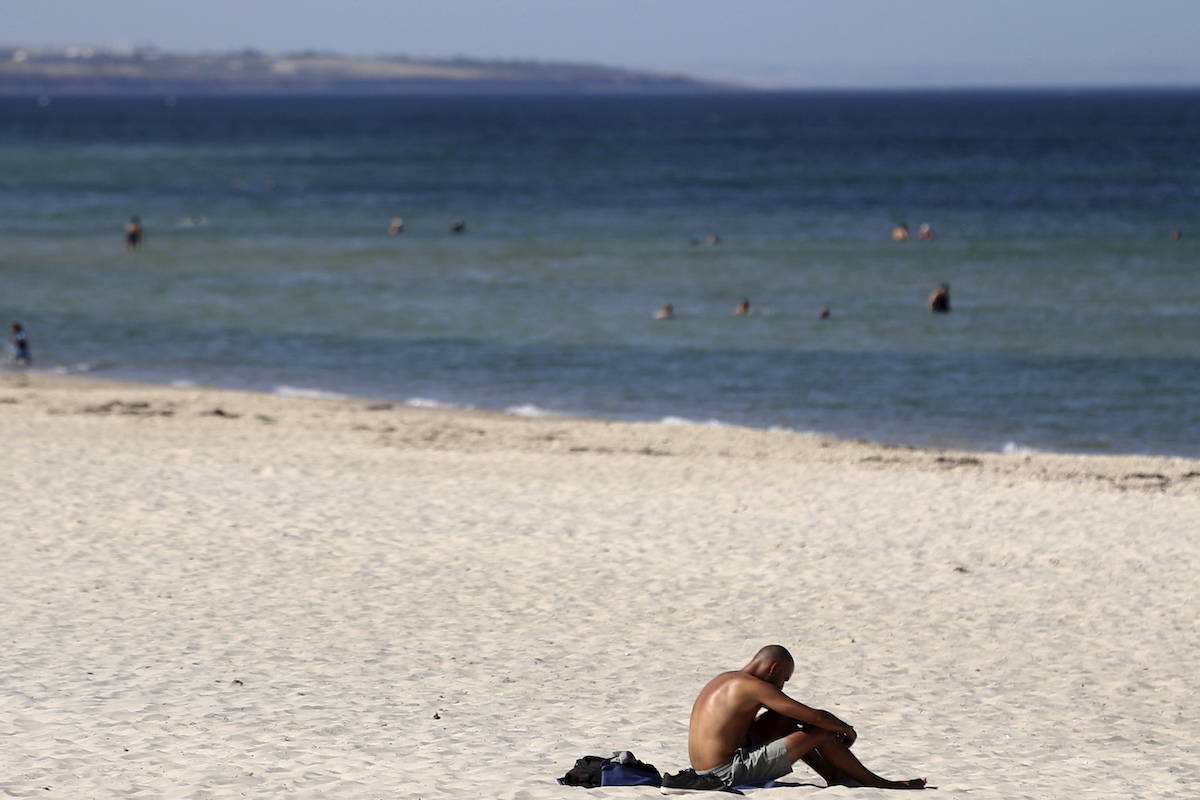Scorching heat knocked out power to homes and businesses, raised wildfire risks and sent tennis fans looking for water and shade Friday in Australia’s second-largest city, which recorded its hottest day in five years.
Melbourne reached 42 .8 C by early afternoon before a sudden cooldown, though the outskirts of the city remained hot, with the airport recording 46 C (114.8 F). It was the hottest day since 2014 in the Victoria state capital, which has a population of 5 million.
READ MORE: B.C.’s August heat wave – hot enough to bake cookies?
The power grid began load sharing as temperatures climbed in the early afternoon, with 30,000 households and businesses at a time being switched off for as long as two hours so that supply could keep up with demand.
But by late afternoon, the state’s power generation was able to meet demand, Victoria Energy Minister Lily D’Ambrosio said.
“The situation changed very, very quickly,” she told reporters. “People should be rightly disappointed that the power grid was not up to the task today.”
Scores of wildfires are raging in heatwave conditions across much of drought-parched southeast Australia, with authorities warning the fire risk is high.
Adelaide, 640 kilometres west of Melbourne, on Thursday recorded the hottest day for a major Australian city, a searing 46.6 C.
The previous record had been the 46.4 C set in Melbourne on Feb. 7, 2009 — a day of catastrophic wildfires that killed 173 people and razed more than 2,000 homes in Victoria that is remembered as Black Saturday.
At the Australian Open in Melbourne, tennis fans shielded themselves with umbrellas and walked by water sprinklers for relief. On Thursday, the tournament had invoked its extreme-heat policy and closed the main stadium’s roof during a women’s semifinal match.
Heat records have tumbled across Australia’s southeast in recent days. The small town of Swan Hill recorded its highest ever maximum of 47.5 C on Friday and the renowned winemaking town of Rutherglen recorded its warmest ever overnight minimum of 29.3 C.
“The heatwaves we have had since the start of summer are almost unprecedented,” meteorologist Kevin Parkin said.
“Relentless days of 40-plus degrees followed by warm nights — is it any wonder people and communities in that part of the world are doing it tough?” he added.
Bureau of Meteorology forecasters say this January is on track to become Australia’s hottest January on record with heatwave conditions likely to persist.
Last year was Australia’s third-warmest on record.
(Canadian Press)



